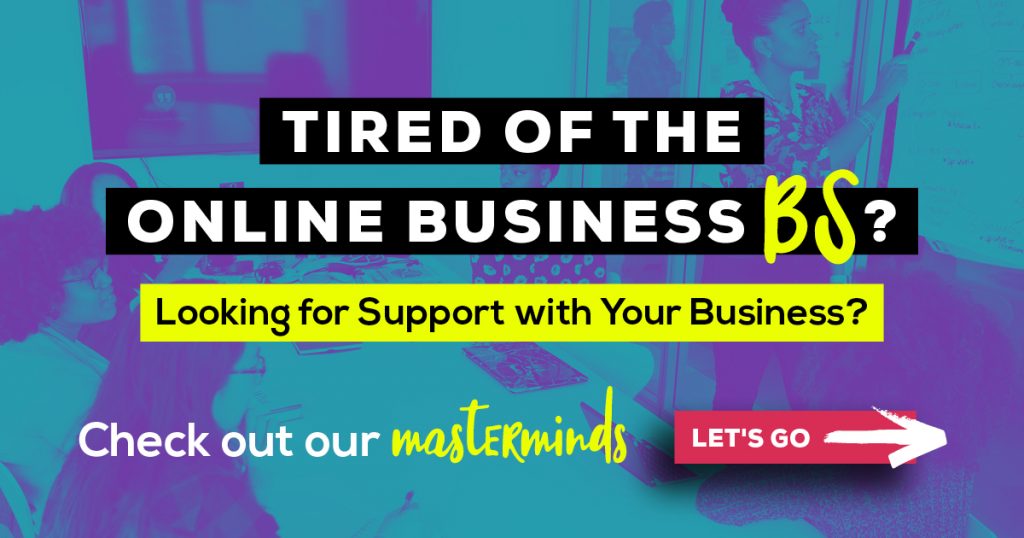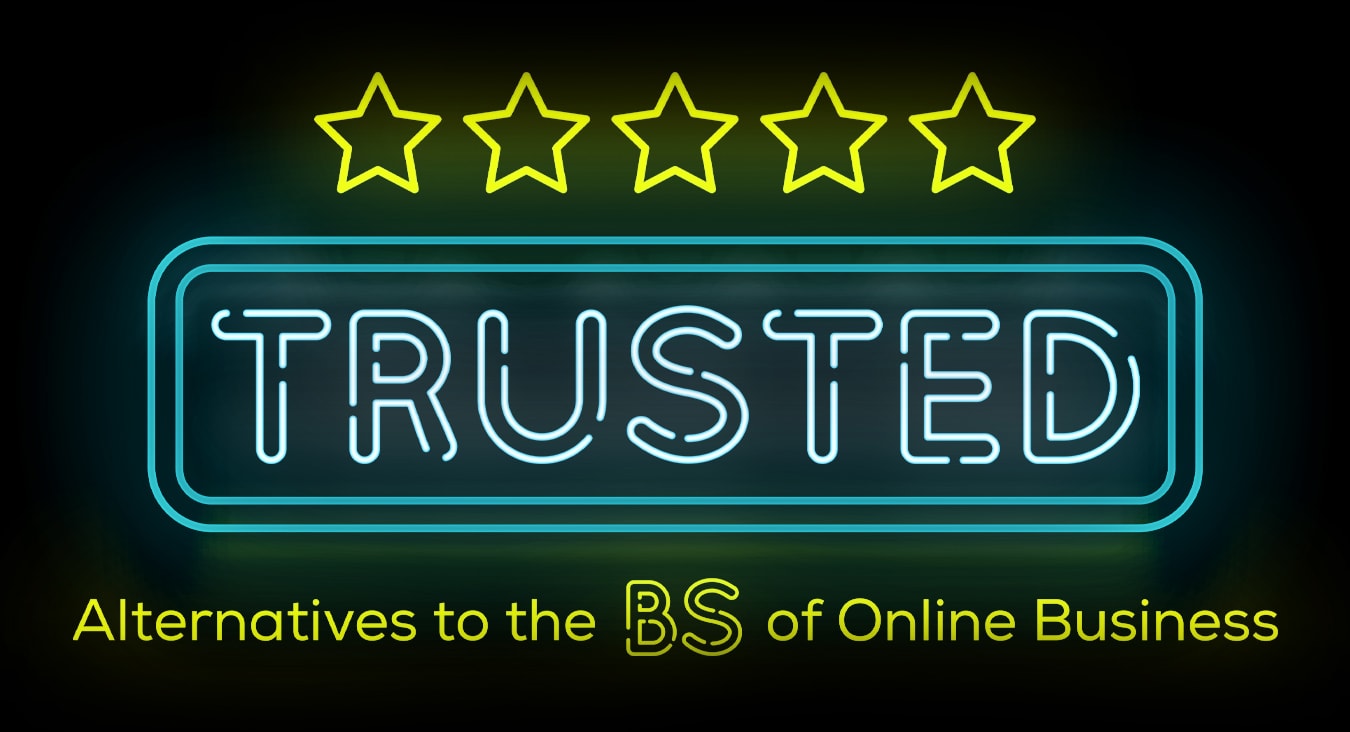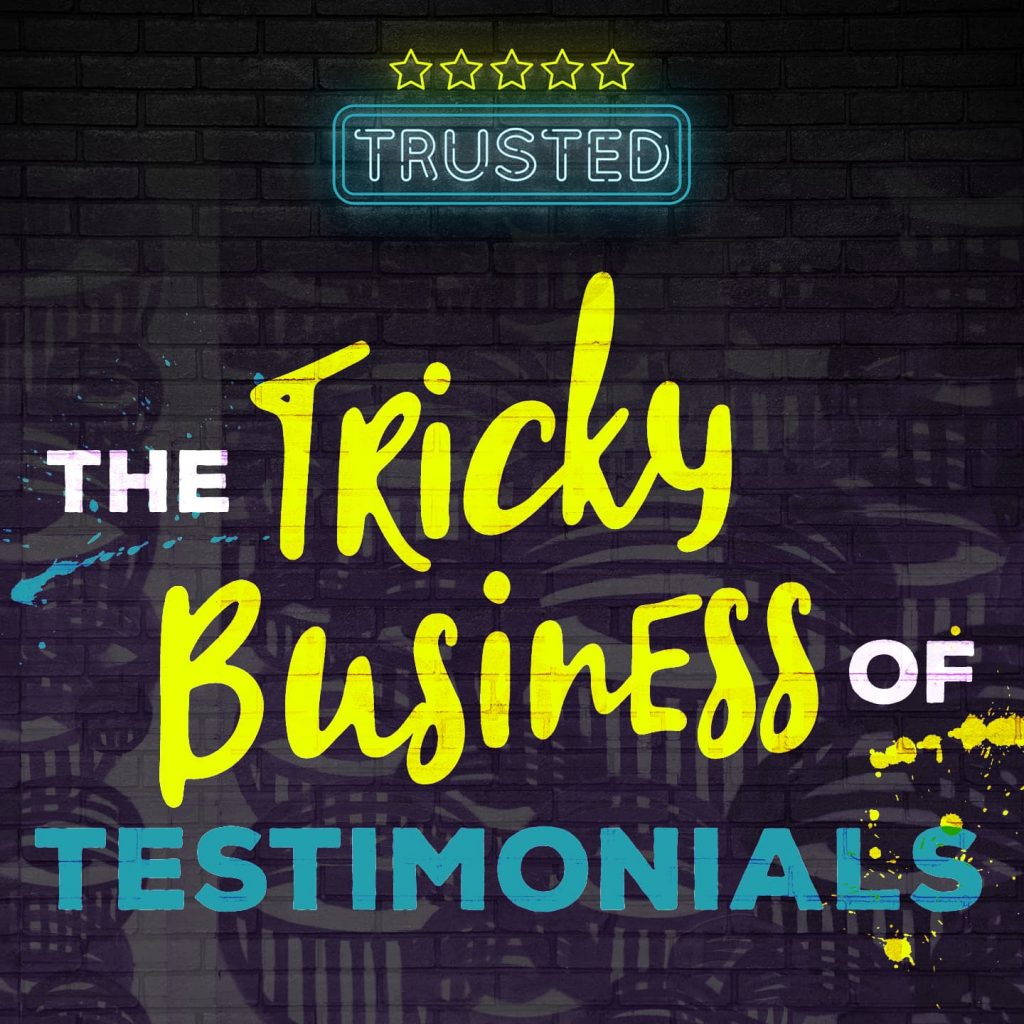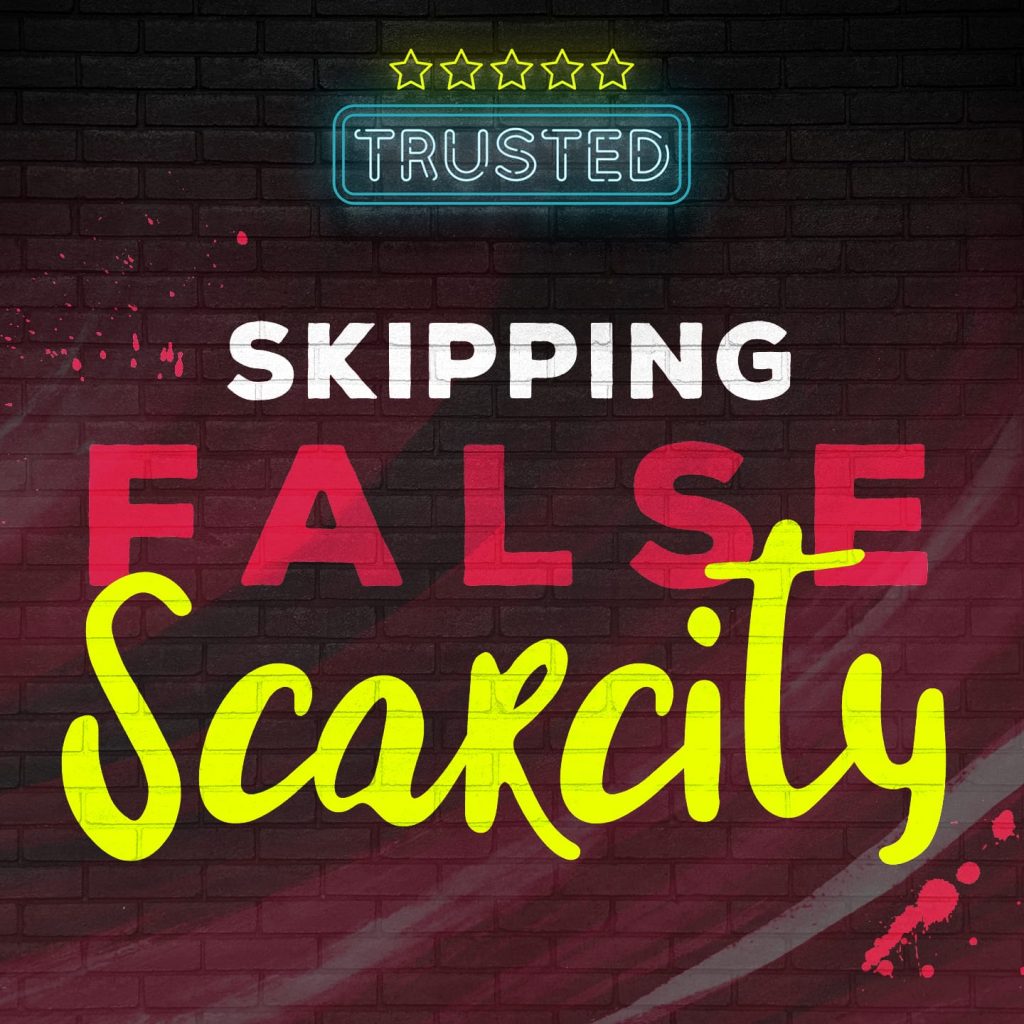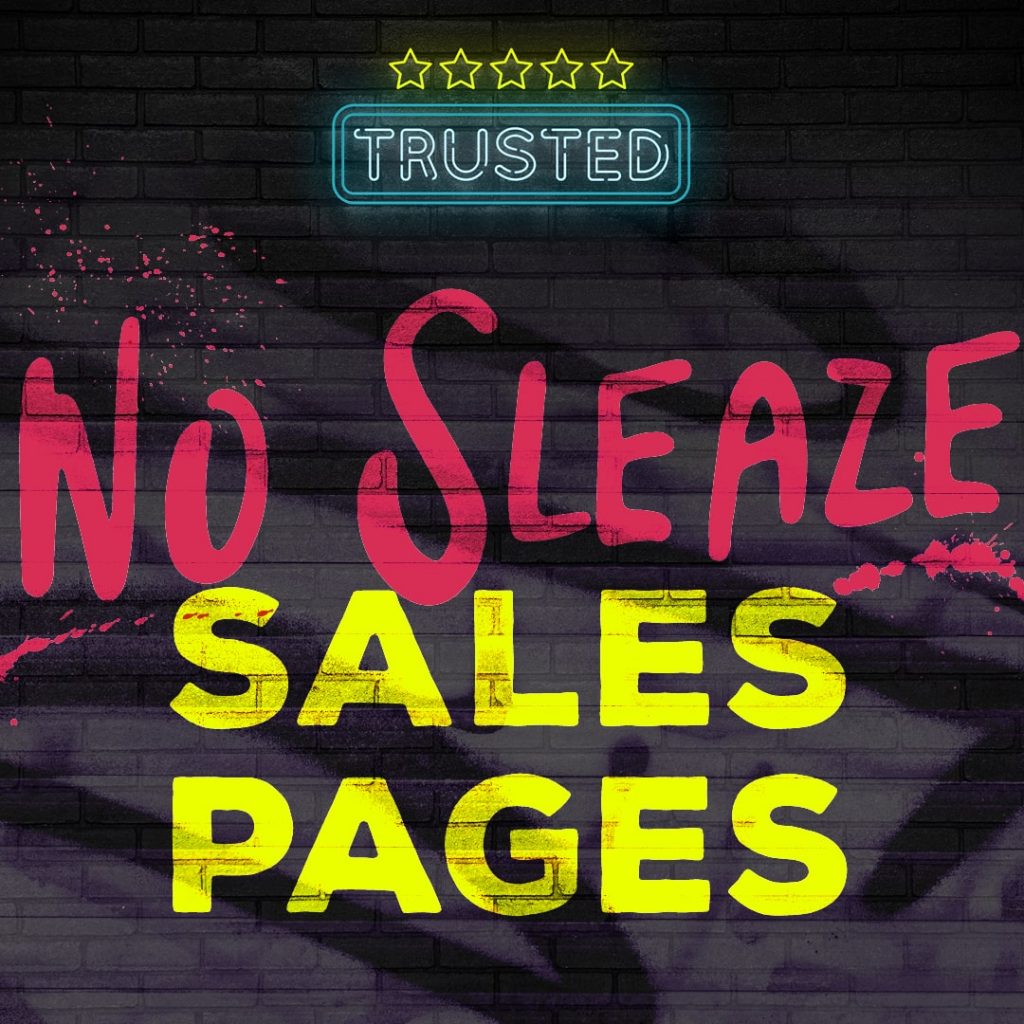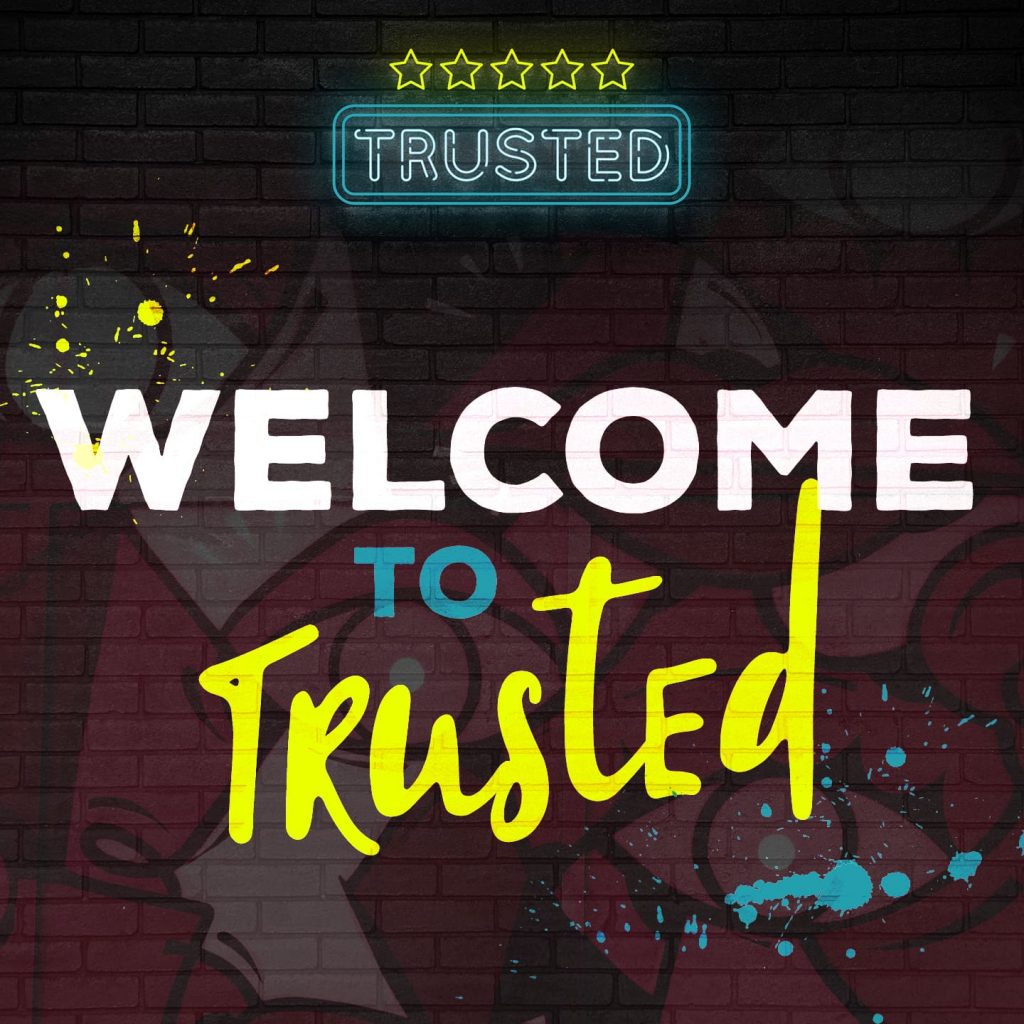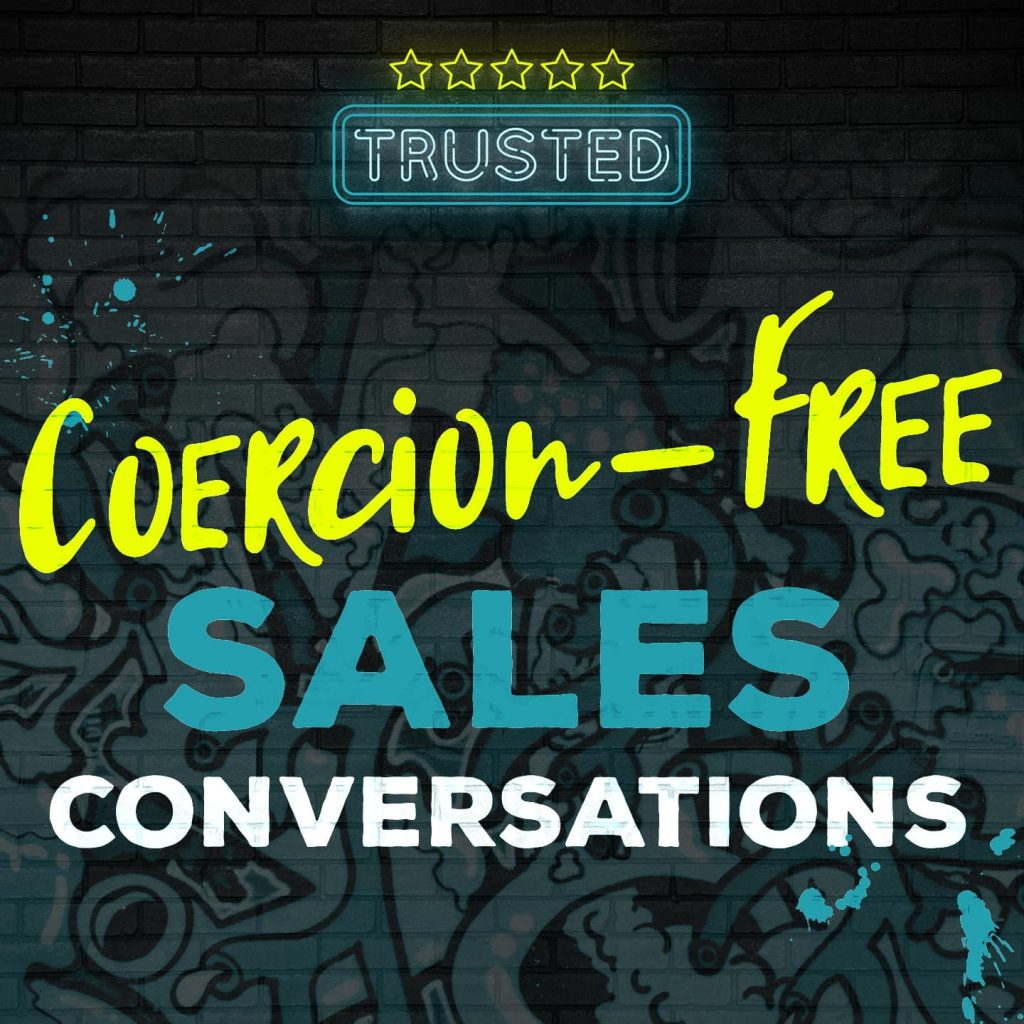
Coercion-Free Sales Conversations
You get on a sales call, and from the get-go, you’re getting the vibe. You know you’re going to get the hard close and it’s all kind of icky. The pressure and manipulation on sales calls in this industry is very real, and in this episode of Trusted, we’re taking a look at coercive sales conversions and the alternatives to these tactics.
I hear a lot of horror stories from people who’ve been screwed over by celebrity entrepreneurs. And while these horror stories take many forms, there’s one recurring theme that comes up time and time again.
Too often, sales conversations are rooted in coercion. Sometimes it’s pretty subtle, and other times it’s over the top overt. The status quo of sales in online business is based on tactics designed to make the sale even if it means using fear, shame, or manipulation to get there.
And before we get into what the status quo of sales conversations looks like in online business, I want to address the fact that this conversation is about much, much more than people being screwed over by shady celebrity entrepreneurs.
Coercive Sales Calls Do Tangible Harm
It would be really easy to look at the status quo of sales conversations in online business and decide that consumers need to be smarter. That we need to be better informed so we don’t get sucked in.
And while I’m committed to consumer education in the online business industry, we need to recognize that a lot of what’s going on with these sales conversations is reinforcing systems of oppression. Consumer education is only going to get us so far
As business owners, we need to look at these tactics (even if they’re widely used) and understand how by using them we’re upholding systems of oppression like white supremacy and the patriarchy. We’re engaging in a power dynamic that puts buyers at a disadvantage.
And that disadvantage? It does lasting harm to your potential customers, especially, and those from non-dominant identities.
The Status Quo of Sales in Online Business
Now, let’s talk about these toxic tactics that are business as usual in online business. While this episode is about sales conversations specifically, it’s important that we look at the context of that conversation from start to finish.
In the last episode of Trusted, we looked at sales pages. So we’re going to look at the sales process from the point you take action on a sales page to actually making a purchase.
Hidden Pricing
The first tactic that’s been common for years is hidden pricing. To get the pricing for the mastermind or program, you need to “apply” to have a sales conversation. This is often framed up as needed to ensure a fit, which is valid, but you need to examine the motivation for hiding a price.
It’s about objection handling. There’s an underlying belief that potential customers need to be coached across the finish line. If they see the price, they’re going to make a decision based on the price alone, so the price is hidden so they can be “handled” in order to make the sale.
This is coercive tactic ground zero as it’s a red flag as to the approach of the seller and how they regard your decision-making ability as a consumer.
The Application Process
Next up is the application process. You provide information about your business and goals in order to book a sales call. I have zero issues with the application as a way to ensure a strong mutual fit for getting on the phone.
The real problem is how for these offers the application is used as a way to create a micro commitment from the potential buyer. It’s less about screening the client, and more about getting them to invest time in the process. This is based on sunk cost fallacy, as if they fill out the application, they’re more apt to continue in the process.
Another variation on the application process adds a deposit as a way to secure an even greater commitment. The deposit is pitched as a way to “hold your spot” but it’s actually there to increase your willingness to continue with the process of getting a refund.
This is exactly why many times these applications are time-consuming and redundant, as the more time you invest in the application, the more apt you are to follow through with a call once you’re accepted.
Once the application is “accepted” (spoiler: many times there’s zero screening, this information is then used to sell harder on the call) you’ll get an invite to a call. This invitation is often deliberately designed to create a feeling of exclusivity.
It plays on our very human need to belong, and it’s reinforced by a cult-like approach where you’re being invited to learn insider secrets and be part of the “in” group.
Using Coercive Tactics to Close the Sale
Finally, we get to the sales call where the commitments made so far now serve to back up what happens next.
These sales calls may be with the coach or program leader, but they’re more often with someone whose sole purpose is to close the sale. These individuals are often working on commission and so they’re extremely motivated to get you to say yes.
This is where things really heat up. The information from the application is weaponized against you to strip away your self-trust and get you to say yes.
Common tactics include: Asking you what your goals are worth to you or what it will cost you not to reach them. Encouraging you to say yes right away with no time to think it through Or imposing a deadline to join the program or providing a hefty short-term discount.
And that’s just the start. There’s also a high degree of manipulation around making a financial commitment. Potential clients are encouraged to find the money and coached on ways to do that. And it’s not uncommon for salespeople to take a deposit on the phone to make the sale.
Needless to say, the level of coercion (and lack of consent) in these sales conversations are high. And that’s not even getting into how NLP and other shady tactics are used to coerce potential customers into saying yes.
Shifting Tactics: Webinars & Social Selling
Finally, before we dive into the alternatives, it’s worth noting that over the last two years, online business has evolved, so that these tactics are shifting. Where we used to see sales calls, we may see a “training” designed to fill the role of the sales call, or a conversation in the DMs.
It’s critical that we remember that the tactics themselves in many cases are neutral, but it’s how they’re engaged. For example, a conversation via a call or DM isn’t good or bad per se. Both can be productive and helpful to a potential client, but they can also be used to erode your self-trust, mess with your head and push you into buying.
Alternatives: Respect & Consent in Your Sales Conversations
If the status quo of sales conversations is coercion, the alternative is clearly consent. An approach where we prioritize the agency and self-trust of our potential clients.
That may sound simple, but based on the current state of sales in online business, we’ve been taught these coercive tactics at every turn. They’re so common that I often have to break down why they’re problematic for people in detail as it’s so different from what celebrity entrepreneurs (and their wannabes) are doing.
At the highest level, creating consent in the sales process requires respect and time. Both respect and time are included as trust cores in my TrustDNA Method, as we need to treat everyone with respect and kindness and provide realistic, supportive timeframes.
And that needs to start long before any money changes hands.
Looking at the specific elements of the sales process we walked through earlier, here are some specific, tangible alternatives.
Clear Pricing with No Surprises
Make your prices clear and easy to find. Do not require anyone to book a call (the exception being done for you, customized services) or fill out an application to get basic pricing.
Think of this as a “no surprises” sales call approach where you respect your potential client so that if they choose to proceed in the process, they’re doing so fully informed.
If you’re going to use an application, consider the purpose of the application. Is an application even necessary or is it designed to create an air of exclusivity? What exactly are you screening people for? Or are you using an application when it’s not necessary?
Purposeful and Productive Applications
As context, I’ve been running masterminds for over five years, and we’ve always offered an option to book a call without an application. Occasionally, I end up with someone who ends up on a call who isn’t a great fit, but those conversations are always valuable even if they’re not ready to join.
Granted, during our mastermind enrolment periods we’re not dealing with large numbers, but this approach helps ensure the process is respectful and most of all about relationships.
When structuring. your applications keep them short and to the point. Consider what information do you actually need to assure fit before you invite someone to a call so you’re respectful of your potential client’s time.
Finally, pay careful attention to the language you use on your application form. Are you creating false scarcity (more on this in our next episode)? Are you implying that people need to invest in order to be successful? Are you using language that reinforces power dynamics and is designed to erode self-trust?
Your application should be designed to help ensure a strong mutual fit in a way that’s supportive and not creating stress for the person completing it.
Sales Calls Rooted in Consent
Now, let’s talk about sales calls and how to run these in a way that’s rooted in consent and doesn’t use any coercive tactics in order to close the sale.
First and foremost, your sales calls should have a structure that provides an opportunity for your potential client to get the information they need to make a decision. Too many times the agenda for sales calls is slanted towards the needs of the seller and overriding those of the buyers.
My approach to sales calls is very casual, but I start off with a quick rundown on what we’re going to do on the call and getting their permission to proceed. That helps put the potential customer at ease (because let’s be real, a lot of people I’ve worked with have been in high-pressure sales situations), and demonstrates respect for them as a person, and for their time.
I won’t get into all the ins and outs of everything I cover in sales calls, but there are a few key items that help keep me on track:
- I listen way more than I talk. My average sales call is 70% the potential client talking and 30% me sharing info.
- I check in throughout the call to ensure they get the information they need and all of their questions are answered.
- I wrap up by telling them to take the time to make their decision, when I’ll follow up. Plus I encourage them to reach out with any questions that they think of after the call.
My ultimate goal is to provide a safe, supportive and respectful space for our conversation, along with the room they need to make the right decision for them.
You may do this a bit differently, but the cornerstone of your sales conversation should be respect and time so that people can reach a decision based on trust, not because you’re coercing them into a decision.
Putting Trust-First in Your Sales Conversation
While we’ve been taught to sell in a way that’s rooted in fear and manipulation, this approach doesn’t serve you, and it’s not in the service of your potential clients.
We can, and we should look for alternatives to the status quo of online business and how we sell. Otherwise, we’re simply replicating systems of oppression in our business, even when we claim to be actively working to dismantle them.
In our next episode, we’re analyzing the use of false scarcity and the alternatives to this fakery.
